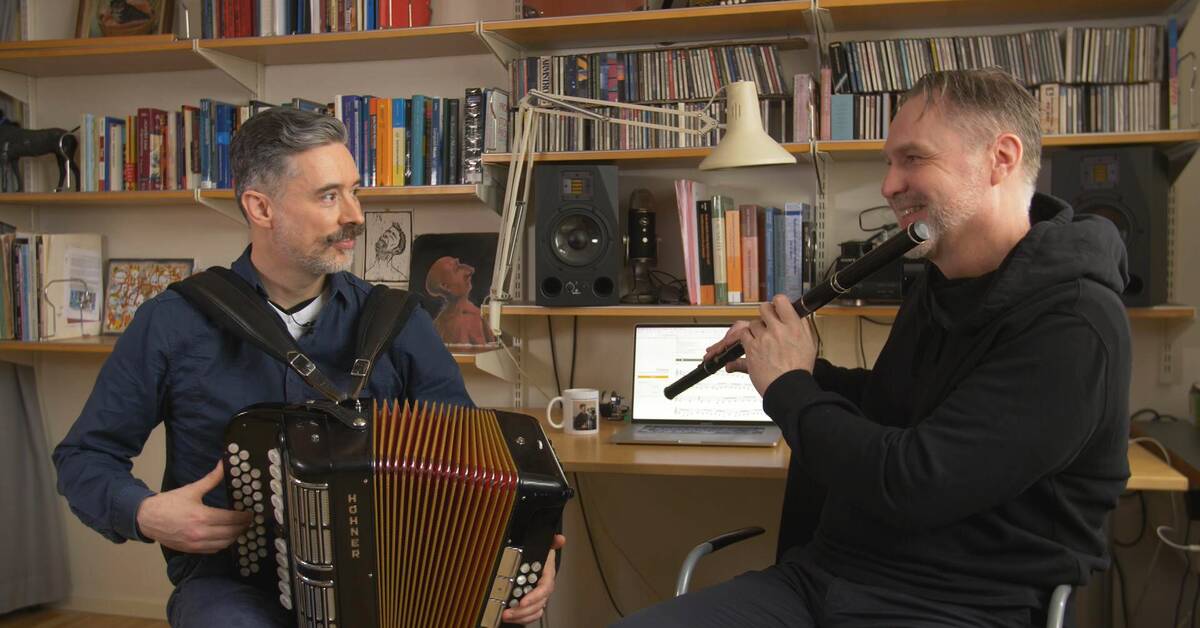With machine learning, the AI has been trained on 26,000 traditional Irish songs and around 700 Swedish throwaway poles. It has the capacity to create an infinite number of songs.
"What I'm most interested in studying is how technology affects our relationship with music, and finding ways to foster good working relationships with machines," says Bob L. T. Sturm.
Trying to build ego into the AI
When he publishes his compositions online, he is careful to give credit also to the AI tools he has used. But he doesn't want to call the AI tools friends, but sees them as partners.
"If they were friends, I would feel bad about rearranging what they generate. These systems have no ego so I can work with them without having to walk on eggshells.
Although it is practical to work with an AI partner who lacks ego, this is precisely the next step for AI researchers at KTH.
"We try to build ego into the machine, to build in a sense of shame, danger and risk when they perform in front of other machines or other audiences.
Why?
"It's part of making music, it adds to the excitement of a live performance. Risk-taking is an important aspect of creativity.
Authentic throwaway polish
The "People's Rn" project also has annual AI challenges. In previous years, participants have been able to compete in building AI systems that generate the most authentic throwaway polish.
This year's challenge is about using AI to create an imaginary music tradition.
"This can lead to very inventive and creative results.
Sturm isn't worried about AI technology leading to folk musicians becoming obsolete.
"Folk-rnn creates dots on a piece of paper, and it takes master musicians to bring the dots to life.

